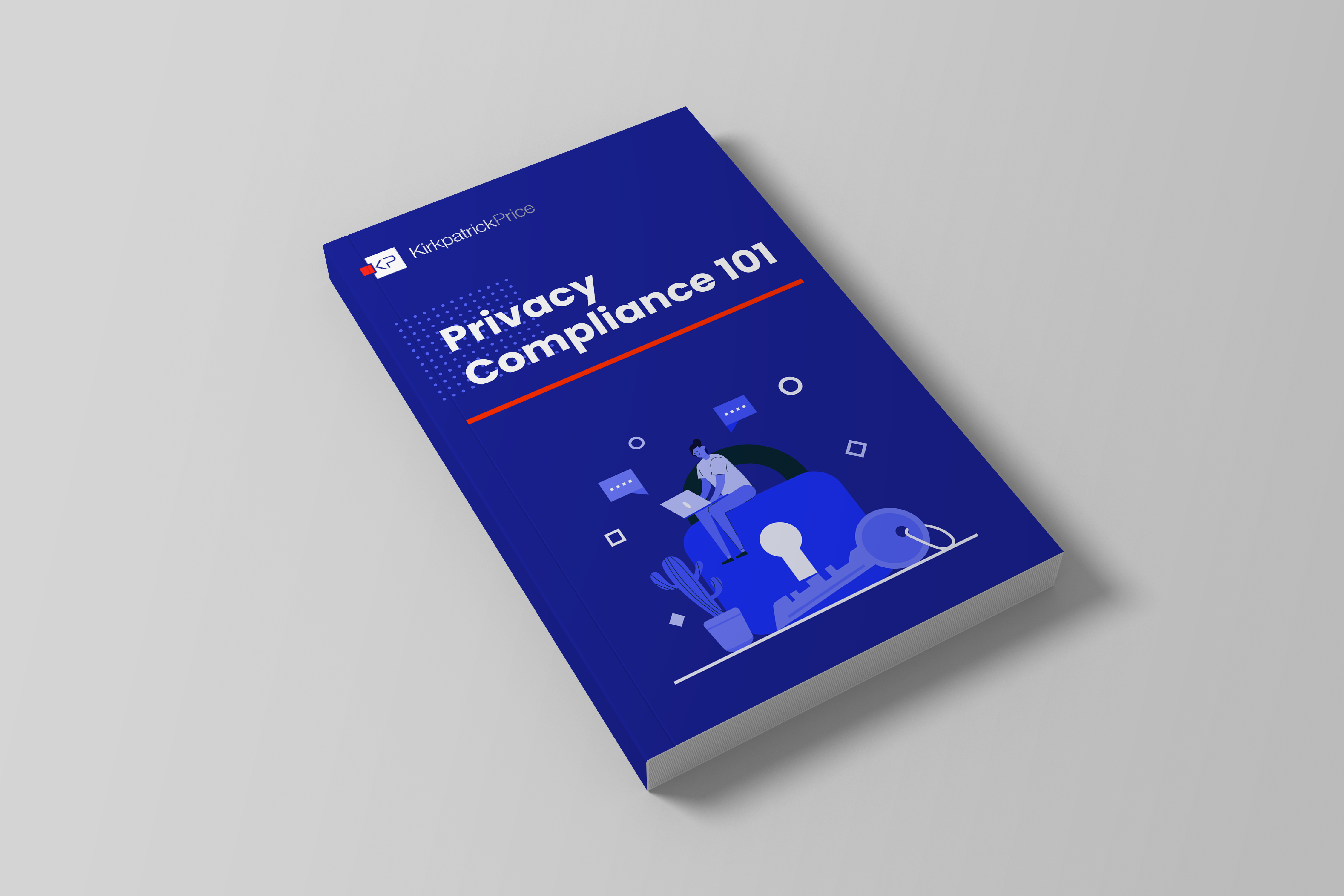
Independent Audit Verifies Terrier Claims Services’ Internal Controls and Processes
Pleasantville, NY – Terrier Claims Services, a full-service insurance investigations firm, today announced that it has completed its annual SOC 2 Type II audit. This attestation provides evidence that Terrier Claims Services has a strong commitment, year-after-year, to deliver high quality services to its clients by demonstrating they have the necessary internal controls and processes in place.
SOC 2 engagements are based on the AICPA’s Trust Services Criteria. SOC 2 audit reports focus on a service organization’s non-financial reporting controls as they relate to security, availability, processing integrity, confidentiality, and privacy of a system. KirkpatrickPrice’s audit report verifies the suitability of the design of Terrier Claims Services’ controls to meet the standards for these criteria.
“Terrier Claims Services continues to be the best solution for claim investigation and trial preparation services. Now, with KirkpatrickPrice as our auditor and the SOC 2 certification, our clients can rest assured that their data is retained in a secure environment. Terrier Claims Services is the only SOC 2 Type II certified regional investigation company in the Northeast,” said Dan Sullivan, President of Terrier Claims Services.
“The SOC 2 audit is based on the Trust Services Criteria. Terrier Claims Services has selected the security category for the basis of their annual audit,” said Joseph Kirkpatrick, President of KirkpatrickPrice. “By communicating the results of this audit, their clients can be assured of their reliance on Terrier Claims Services’ controls.”
About Terrier Claims Services
Founded in 1996 by brothers, Dan and Edward Sullivan, TCS is a full-service claims investigation firm dedicated exclusively to insurance defense, third party administrators, defense attorneys and government agencies.
The company’s mission is a simple one. Deliver a consistent, high-quality service at a fair price while maintaining the highest ethical standards.
Terrier Claims Service was established to create a new model of effectiveness, efficiency and excellence in an industry where adequate performance is not enough. We separate ourselves from other firms by combining cutting-edge computer tracking and processing technology with aggressive instinct to produce the ultimate end-product – results. Terrier Claims is excited at the prospect of demonstrating our abilities and exceeding the highest expectations.
Our investigations are customized to suit specific needs and are aggressively pursued to an economical and efficient disposition. Our extensive experience insures creative solutions to even the most challenging investigations and claims. Experts in Construction, Mass Transit, Worker’s Compensation, Liability, Medical Malpractice and Property claims investigation, our team is prepared to assist from incident to resolution with investigation, emergency response investigation, desktop background investigations, surveillance, trial preparation and property adjusting. Our services are available 24 hours a day, seven days a week. www.terrierclaims.com.
About KirkpatrickPrice
KirkpatrickPrice is a licensed CPA firm, PCI QSA, and a HITRUST CSF Assessor, registered with the PCAOB, providing assurance services to over 800 clients in more than 48 states, Canada, Asia, and Europe. The firm has more than a decade of experience in information security and compliance assurance by performing assessments, audits, and tests that strengthen information security and internal controls. KirkpatrickPrice most commonly provides advice on SOC 1, SOC 2, PCI DSS, HIPAA, HITRUST CSF, GDPR, ISO 27001, FISMA, and CFPB frameworks. For more information, visit www.kirkpatrickprice.com, follow KirkpatrickPrice on Twitter (@KPAudit), or connect with KirkpatrickPrice on LinkedIn.




